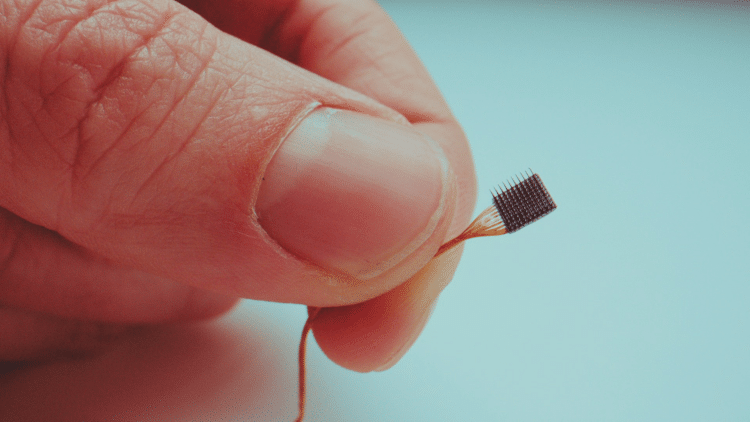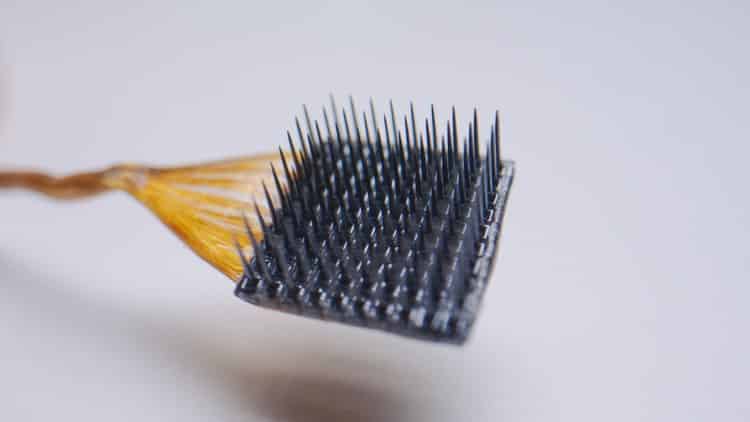
Photo: Blackrock Neurotech
For many years neuroscientists have been researching how they can use technology to enhance the lives of people suffering from paralysis and other serious medical issues. Typically, this involves a chip implanted in the patient’s brain that can translate thoughts into actions. One company leading the way forward is Blackrock Neurotech. Based in Salt Lake City, they’ve already implanted 50 chips into patients in an effort to help a wide variety of neurological disorders.
They have several different devices, known as arrays, that can be used to treat everything from hearing loss and epilepsy to paralysis and traumatic brain injury. In 2014, four of its Utah Arrays were implanted into Nathan Copeland. Copeland had been involved in a serious car crash a decade earlier, in which he suffered a serious spinal injury. Two of the arrays were placed in the part of the brain responsible for processing sensory information, and two others were implanted into the area that controls motor functions. The arrays, which are made of hard silicon coated with a conductive metal, look like tiny square hairbrushes fitted with 100 needles.
Copeland is a pioneer in the technology, with his implants lasting well beyond their initial expectancy of five years. In fact, he holds the record for the longest chronic Utah Array implant. According to Blackrock Neurotech, Copeland has achieved sensory feedback due to the technology.
Thanks to the electrodes, he’s been able to use a computer, play video games, and move a robotic arm using only his thoughts. “When you have an accident like mine, and you are limited to what you can do, and limited in what you can interact within your environment, doing something like this is very cool and very rewarding,” he shared.
Copeland has been one of the most visible faces of the technology, even sharing a memorable fist bump with then-President Barack Obama in 2016 during a tour of the White House. While there are still many hurdles to cross before these types of implants are available to a wider public, Blackrock Neurotech is making strides.
In 2021, the FDA granted Breakthrough Device destination to one of their MoveAgain Brain Computer Interface (BCI) System. This designation allows for an expedited review process of the technology, which is designed to provide immobile patients the ability to control a mouse cursor, keyboard, mobile device/tablet, wheelchair, or prosthetic device simply by thinking.
While it may seem futuristic, the ability of science to help these patients gain more independence is an incredible step forward in terms of quality of life.
For nearly two decades, scientists have been implanting chips into the brains of paralyzed patients.

Photo: Blackrock Neurotech
These chips, known as arrays, allow thoughts to be transformed into actions.
Watch Nathan Copeland, who suffers from a spinal injury, use the system.
Copeland, who received his implant nearly a decade ago, is an advocate for the technology and the independence it provides.
See him shake hands with President Barack Obama with a robotic hand controlled by his mind.
h/t: [Unilad]
Related Articles:
Revolutionary Technology Helps Spinal Injury Patients Take Their First Steps
Paralyzed Patients Walk and Swim Again After Receiving a Spinal Cord Implant
Elon Musk’s Neuralink Unveils Implants Allowing Your Brain to Control Technology
Groundbreaking Brain Surgery Allows Quadriplegic Patient to Move His Hand Again
